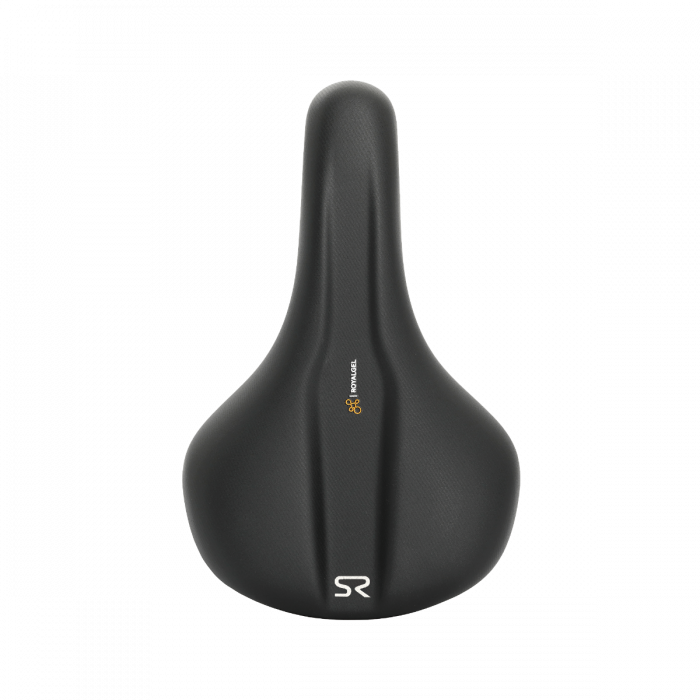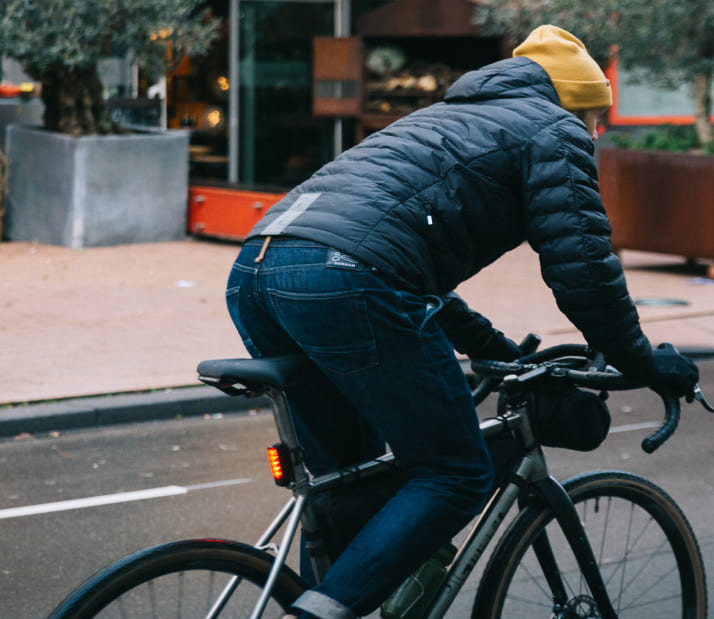How to choose the right bike saddle for both men and women
Many people have been convinced that choosing the right saddle depends first and foremost on gender, and that all cycling saddles are designed with specific characteristics for either men or women. In reality, this is only true in certain cases. Instead, the most important factors for determining individual comfort are riding position and the way our ischial bones rest on the surface of the saddle. Let's look at each of these aspects more carefully.
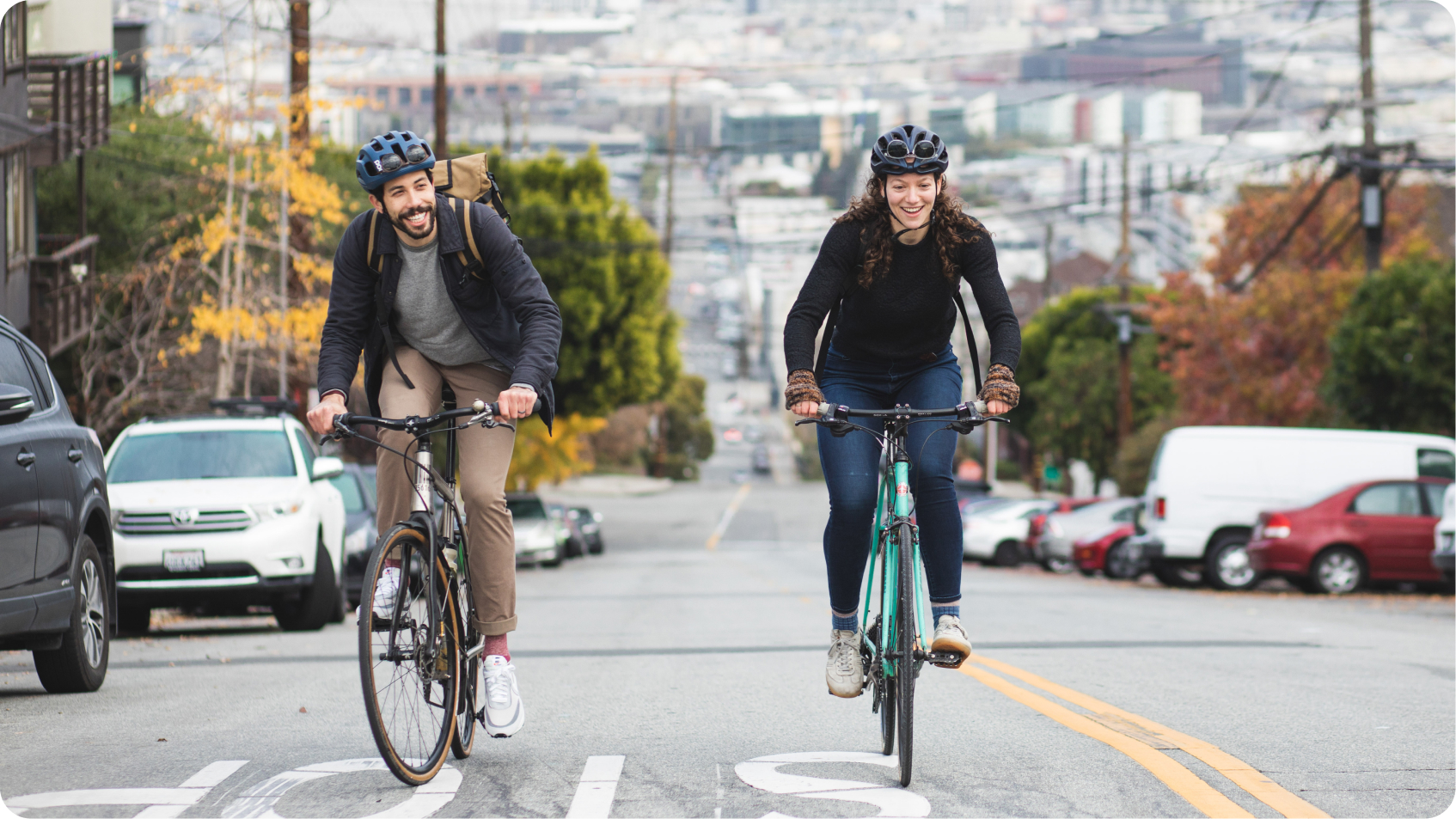

The importance of riding position
Riding position means the degree of flexion of a rider’s trunk in relation to the ground and corresponds to how far the torso is bent towards the handlebars. Often linked to bike type, riding position is the crucial factor in determining correct saddle choice.
Selle Royal uses the following three riding positions:


Athletic
This is the most forward-leaning position, with considerable trunk flexion to form a 45° angle in relation to the ground.


Moderate
This is an intermediate position, with the trunk partially flexed towards the handlebars to form a 60°angle in relation to the ground.


Relaxed
This is a comfortable position, with the back fully erect to form a right, 90°angle in relation to the ground.
Saddle comfort depends largely on the support of the ischial bones
The way the pelvic bones rest on the saddle varies depending on riding style: the greater the inclination of the torso, the smaller the space between the ischial bones, which, as they rotate forward, require a narrower supporting surface. This is why riding positions are so important when choosing the right saddle.
Contrary to what you might think, it is these contact points, rather than the more sensitive soft tissue areas, that need special attention to ensure optimal comfort on the bike. The ischial bones, in fact, determine the stability of support throughout the entire pedal stroke, which means they need considerable support and comfort, since they are where most of the pressure exerted by movement on the saddle is concentrated. Only in sportier postures can the pressure shift to soft tissues and cause pain or discomfort in the perineal area.
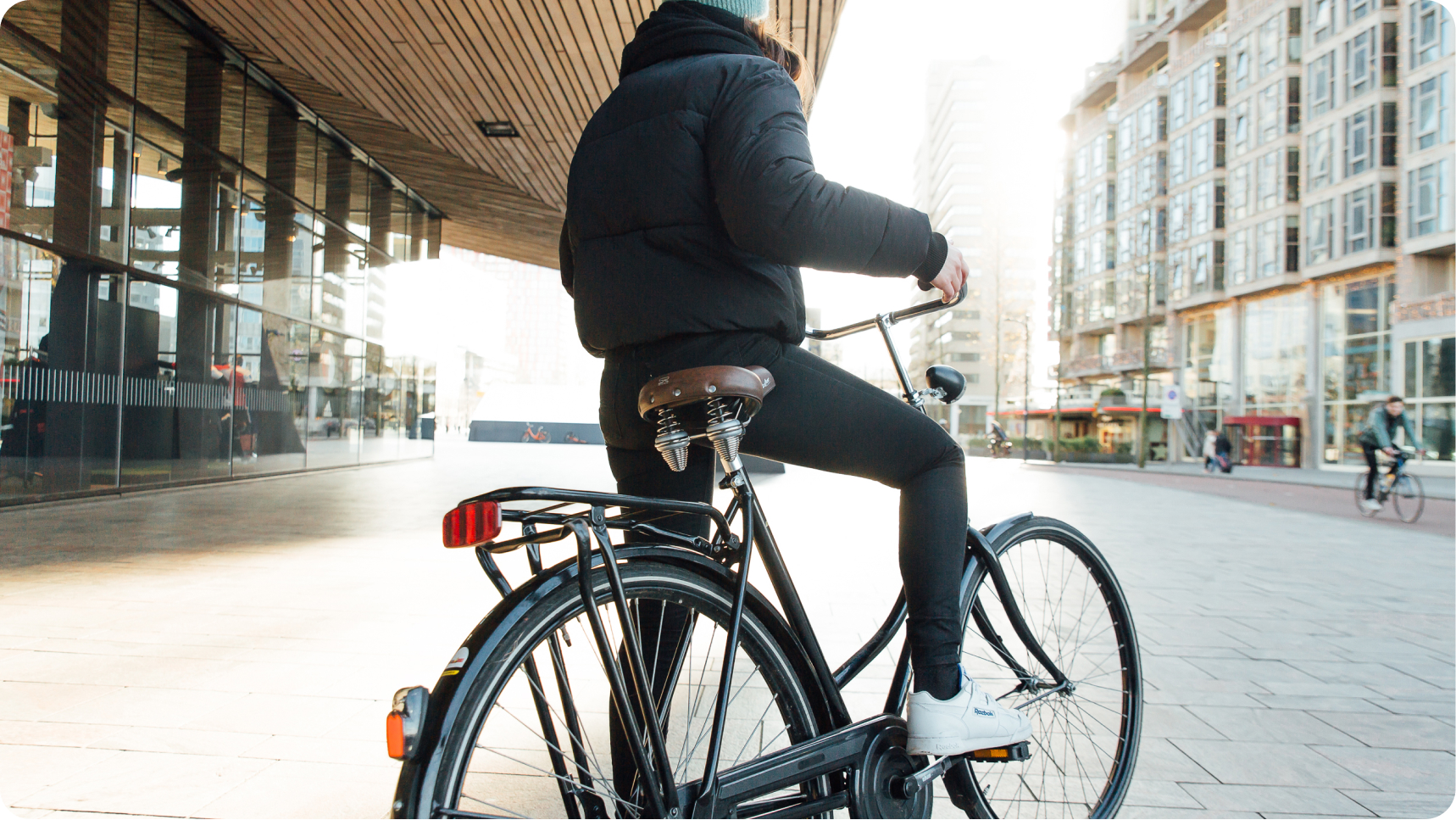

Are there differences between saddles for men and women?
Since most of the pressure is concentrated on the ischial bones, the differences related to gender and anatomy are of little relevance for saddle postures ranging from 90° to 45°: regardless of whether one is talking about a man or a woman, the perineal area is not stressed to the point of discomfort.
Sometimes, when talking about saddles, a distinction is also made between men and women with regard to the distance between the ischial bones, which are often considered to be wider on average for women than men. However, this figure is not always correct since this distance can vary between individuals, regardless of gender.
This is why a unisex approach is preferred at Selle Royal: all products in the saddle range are designed to reduce pressure in the most sensitive areas and accommodate different ischial-bone widths.
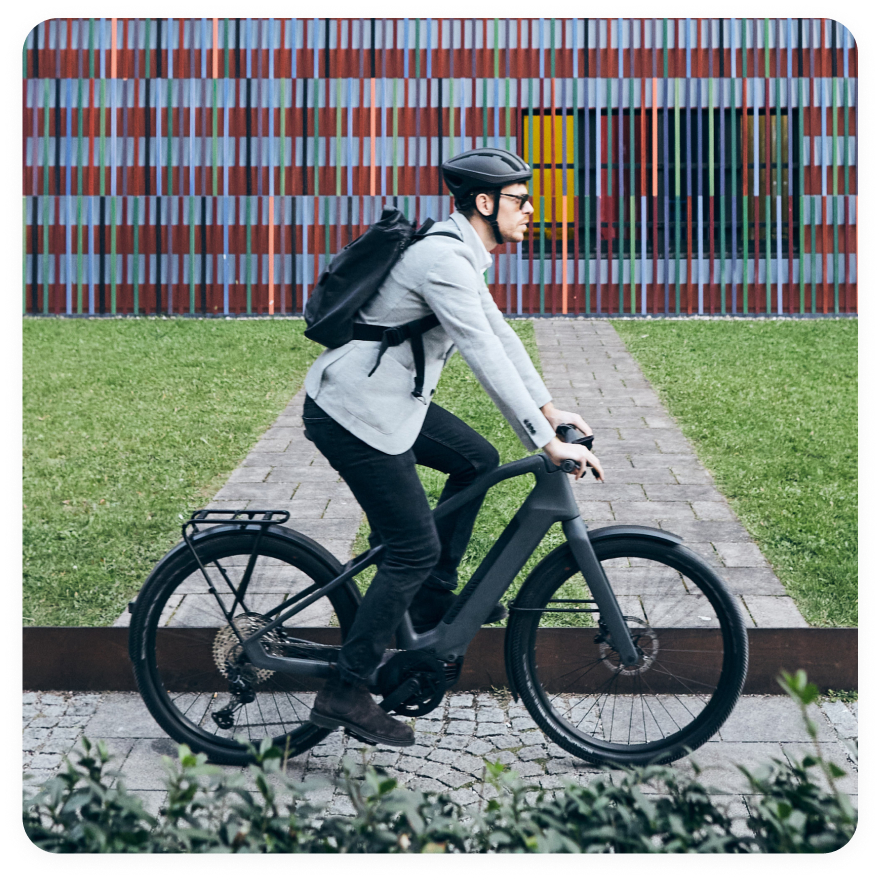

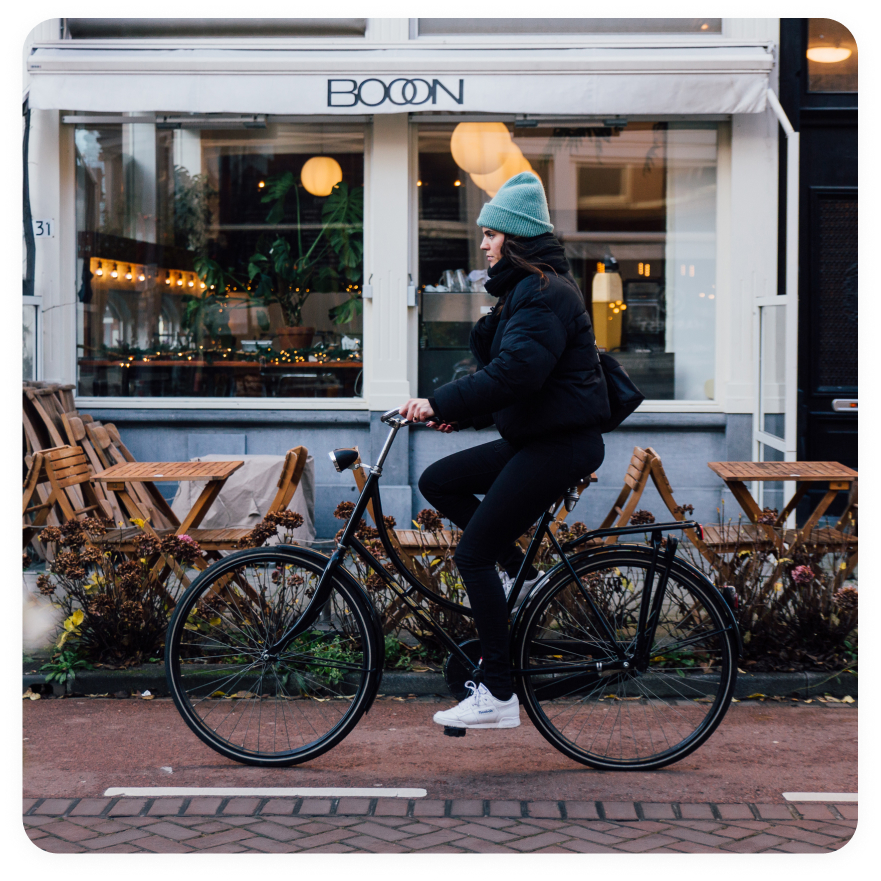

Choosing the right saddle
By following correct riding position criteria, each rider can find the right saddle from a wide and varied selection: what matters is the width of the saddle, which, as mentioned, varies according to the support of the ischial bones. The greater the tilt of the torso, the less space the pelvis occupies on the saddle; conversely, an upright riding position requires a wider surface.
Selle Royal products take into account the type of support required and, at the same time, are ergonomically designed to accommodate the different pelvic-bone widths to meet the anatomical needs of women and men alike.




